What’s it like to stay in Valencia, Spain, for six weeks?
We travel the world as digital nomads and we're looking for the perfect place to settle down. So will it be Valencia?
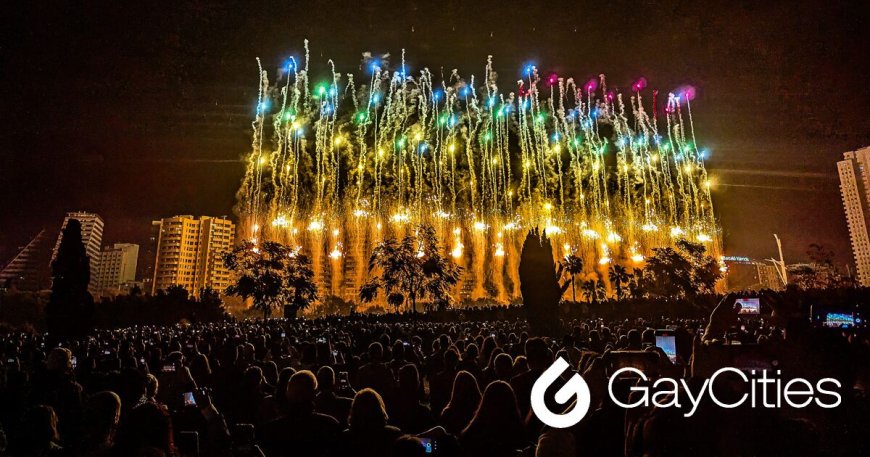
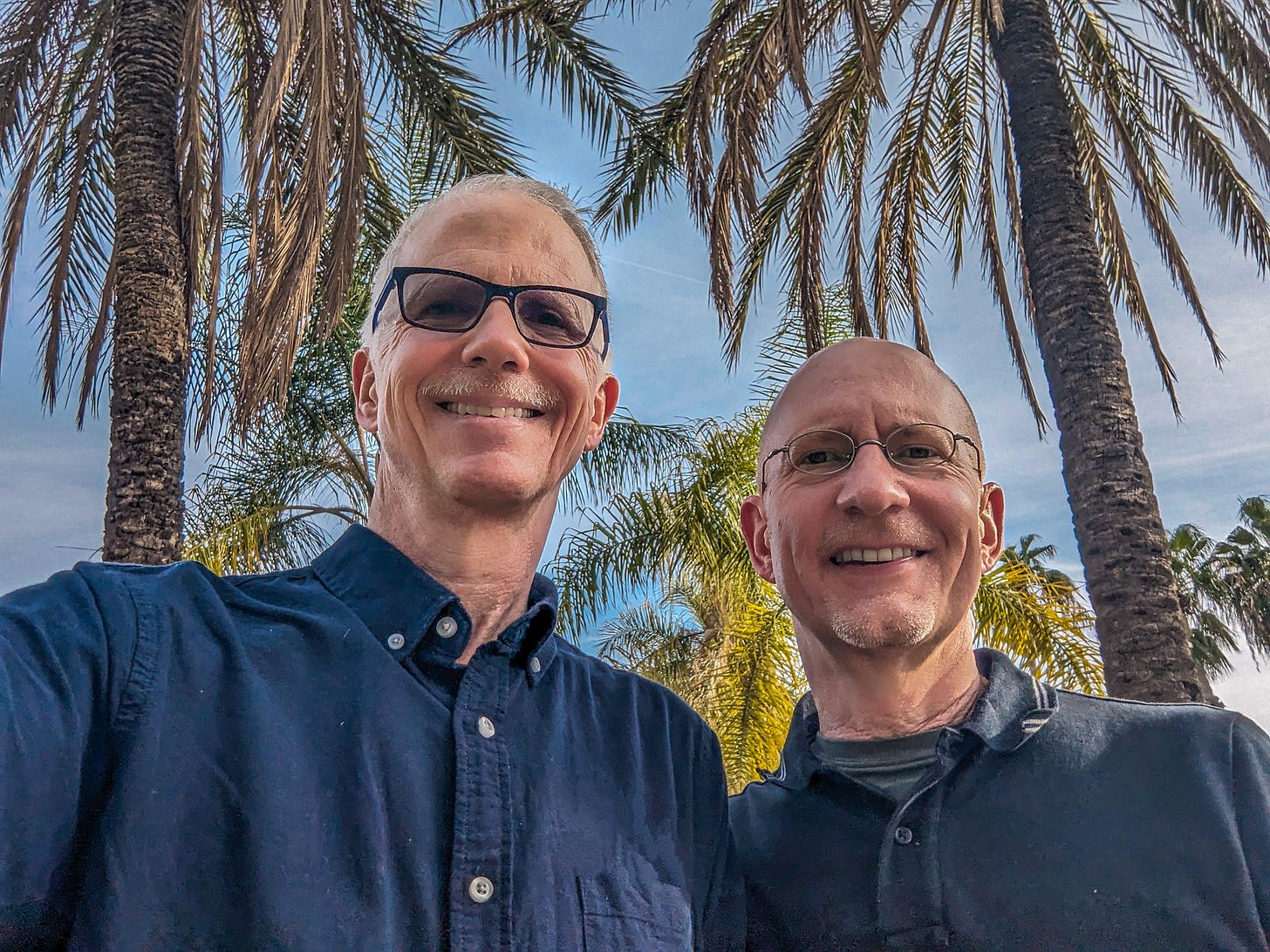
Brent and I are currently spending six weeks in Valencia, Spain.
Remember when we learned Penang curry isn’t actually from Penang, Malaysia? It turns out Valencia oranges aren’t from Valencia either.
These oranges actually originated in California — then part of Mexico, in the 19th century — when an enterprising agronomist created an orange hybrid that he named after the famously sweet oranges of Valencia, Spain. Later, the patent was sold to ranchers, which led them to rename their local town “Valencia.”
Of course, they still grow a different but delicious kind of orange here in the original Valencia.
There’s plenty else to recommend about Valencia, Spain’s third-largest city. The city is home to just under 800,000 people, while the metro area has 1.6 million residents.
Valencia sits on the Mediterranean coast, at almost the exact midpoint of Spain’s eastern seaboard. Barcelona is 350 km to the north, while Madrid lies almost exactly the same distance to the northwest.
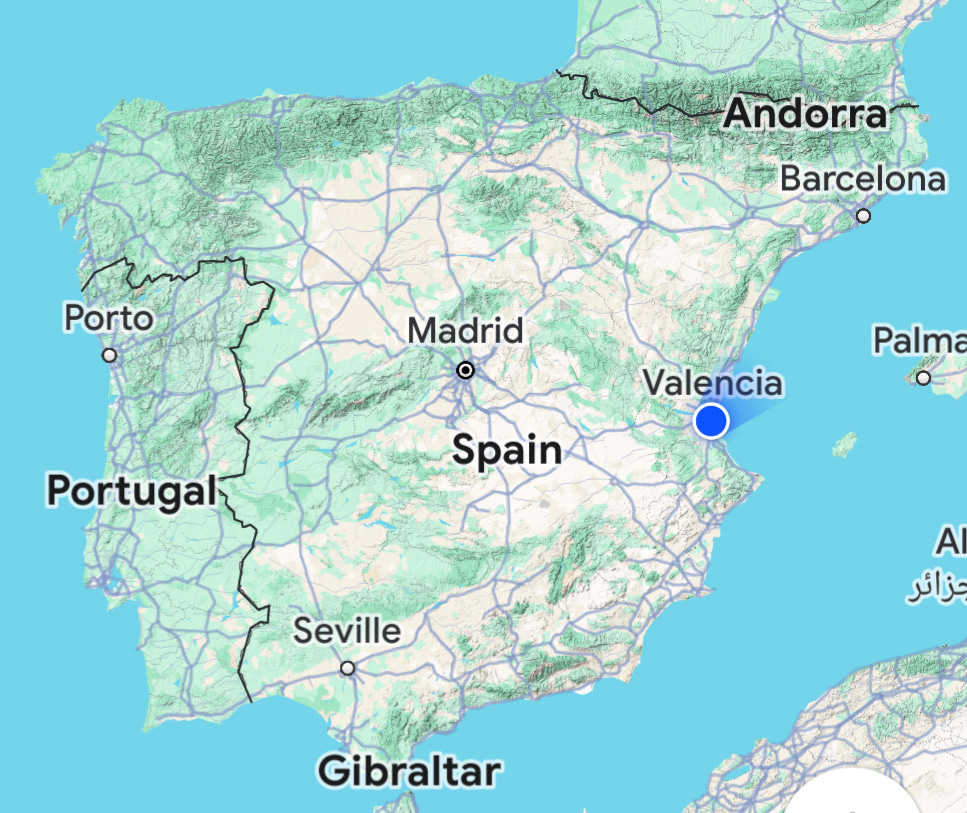
Romans first settled the area, establishing a colony in the 2nd century BCE. Due to its strategic location, the city quickly became an important trading port, dealing in wine, olive oil, and wheat. In the 8th century CE, Valencia fell under Islamic Rule until 1238 CE.
Valencia’s golden age occurred during the 15th and 16th centuries — also Spain’s golden age — when the city grew rich from trading silk, spices, and other luxury goods. For a time, it was one of Europe’s largest and most influential cities.
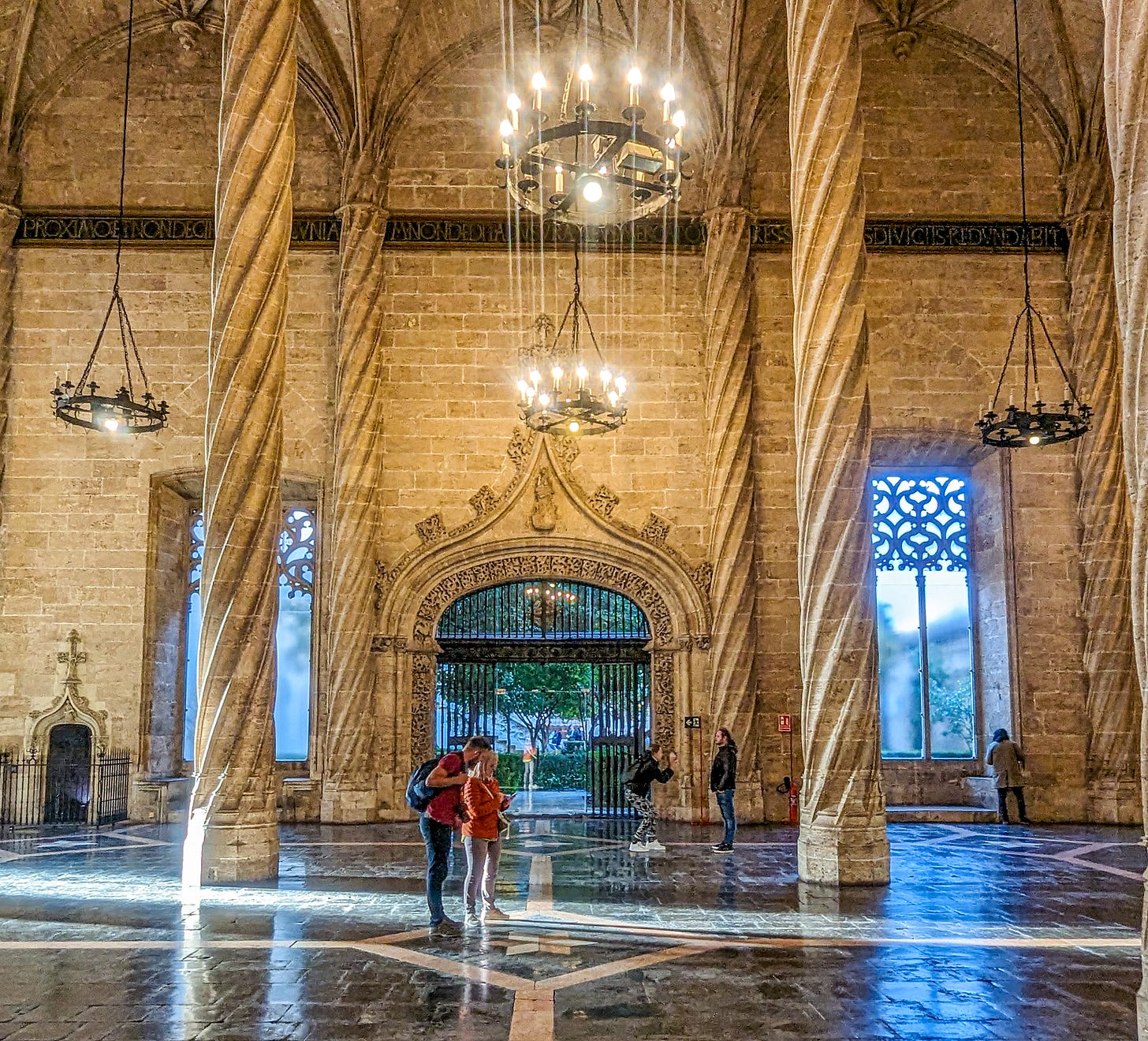
Today, Valencia isn’t nearly as well known — or as much of a tourist destination — as Madrid or Barcelona. But there is still plenty to see and do.
How Did We End up Here?
Brent and I have always said that as we travel the world as nomads, we’re looking for the perfect place to settle down eventually.
We’ve never spent much time in Spain outside of Barcelona, so we figured we should finally explore the country. After asking our fellow travelers for their suggestions and reading up on Spain’s best places to live, we settled on Valencia.
It has good air and rail connections to the rest of Europe and beyond; the cost of living is relatively low; and like all of Spain, it’s very LGBTQ+-friendly.
It also doesn’t hurt that it gets 300 days of sunshine per year.
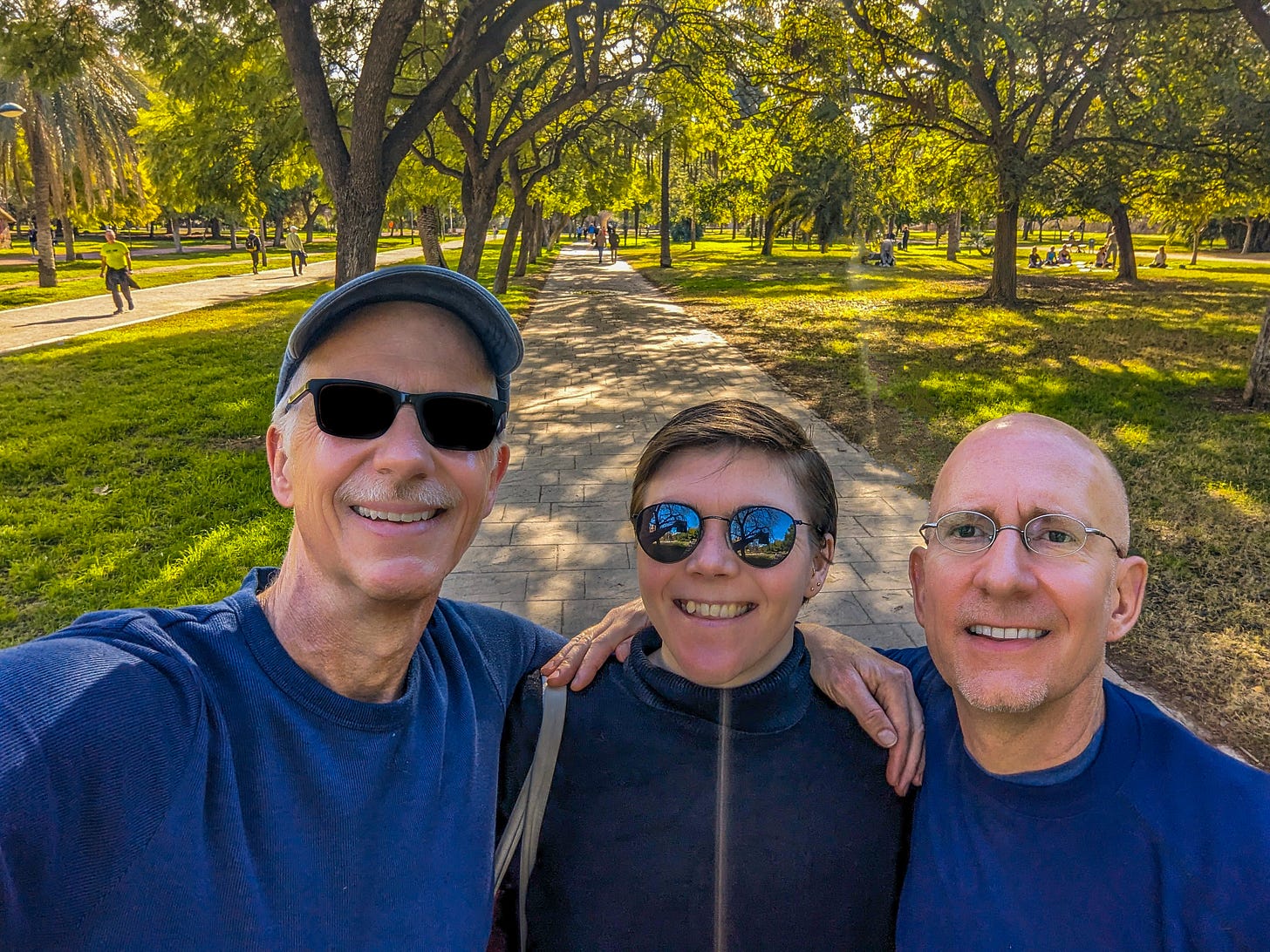
We thought six weeks would give us a pretty good sense of the place.
So far, we have discovered:
- English is not widely spoken here, much to our surprise. (Our Spanish is very poor, but we’re learning fast!)
- Valencia has a massive expat community, mostly from the U.K., but quite a few from America and Canada. It is especially popular with retirees.
- Apart from temporary lodging, the cost of living is extremely low — the lowest we’ve seen in Western Europe. Arts events, tourist admissions, and groceries are as cheap as possible (and you can buy a huge, seven-pound bag of delicious local oranges for less than $2 USD). Restaurants are very affordable too.

- Like much of southern Europe, Spaniards are extremely social, and the city absolutely brims with restaurants, bakeries, coffee shops, fruit and vegetable shops, and sidewalk cafes, all thronged with people chatting and having a lovely time.
- The Túria River, which used to run through the center of town, was diverted after a massive flood in 1957, and the dry river bed is now a fabulous green space and athletic area.
- At the terminus of the now-dry Túria River, the city has recently built a massive and utterly fantastic arts complex called Ciudad de las Artes y las Ciencias, or the City of Arts and Sciences.
- Valencia is very family-friendly. Every morning around 8 AM an entire army of parents and grandparents escort their kids to school.
- The local food is good, if not quite great. The city is the birthplace of paella, and the dish is for sale everywhere, especially the “Valencian” variety, made with chicken, rabbit, beans, and sometimes snail. We’ve also eaten good Italian, Indian, and even Mexican food. But non-Indian Asian food? Much less good.
- Valencia is very tidy, thanks to a small army that descends to sweep up trash every day.
Where Are We Staying?
We chose an Airbnb in L’Olivereta, a working class neighborhood outside of Old Town.
We like it, but don’t love it.
It’s located in a strictly functional block of apartment buildings with all the charm of a row of storage lockers.
However, the interior has been modernized and is fairly attractive. It has a fireplace and a nice outdoor space. Plus, our host is lovely.
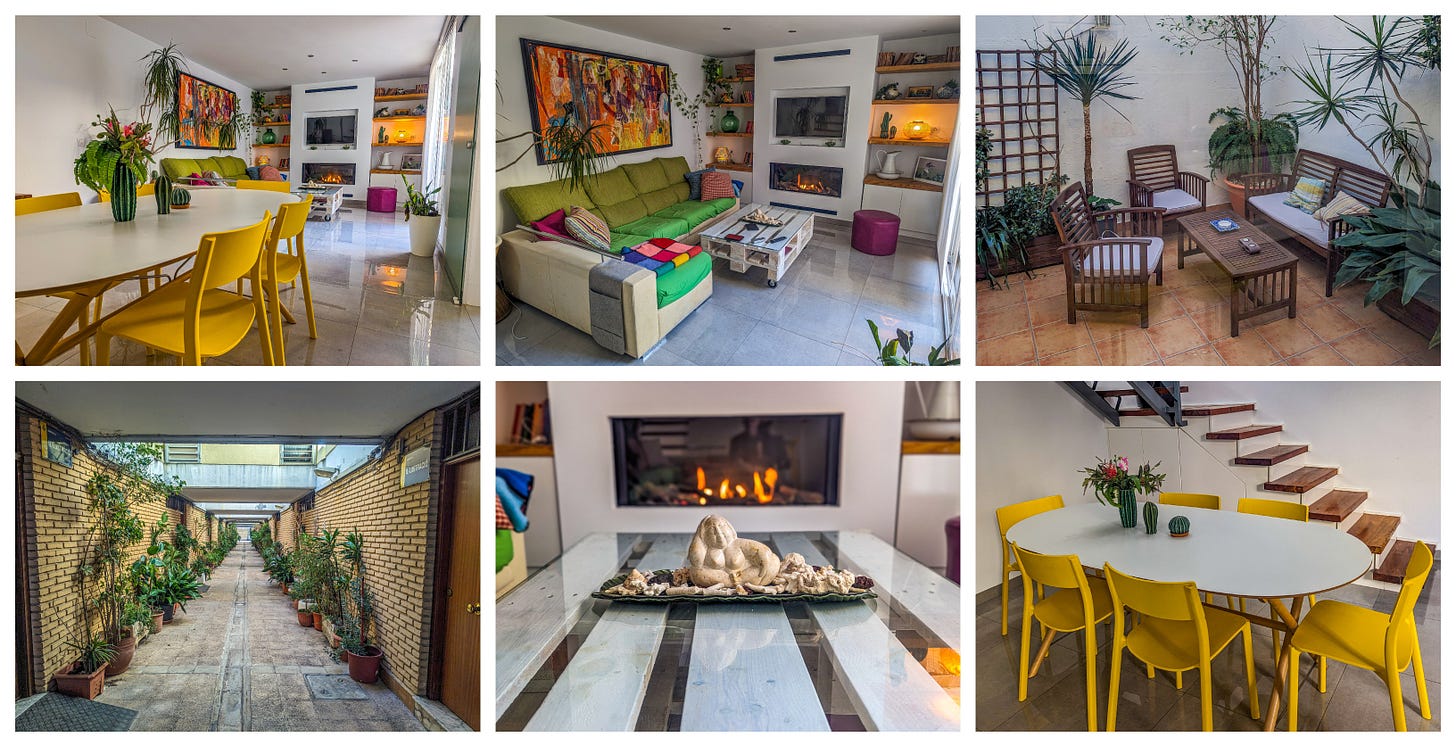
Alas, the main bed is small, so I sleep mostly on the single in the second upstairs bedroom.
And when a friend visited, she took one look at the guardrail-less stairway and said, “I belong to a Facebook group called Stairways of Death. Do you mind if I take a picture to post there?”
Stairway aside, something about the place doesn’t quite work, and neither Brent nor I can quite put our finger on why.
It doesn’t help that we’re a good 25-minute walk from the city center.
(Valencia has great public transportation, including a massive metro and a great bus system, but it doesn’t help us. From here, whether walking, busing, or taking the metro or a taxi to get to the city center, it takes…about 25 minutes.)
Also, we chose the L’Olivereta neighborhood because half our stay overlaps with a local festival called Fallas, which is easily the city’s most important event — much more important than even Christmas, one local told us.
And it’s known for being very loud with incredible fireworks and firecrackers.
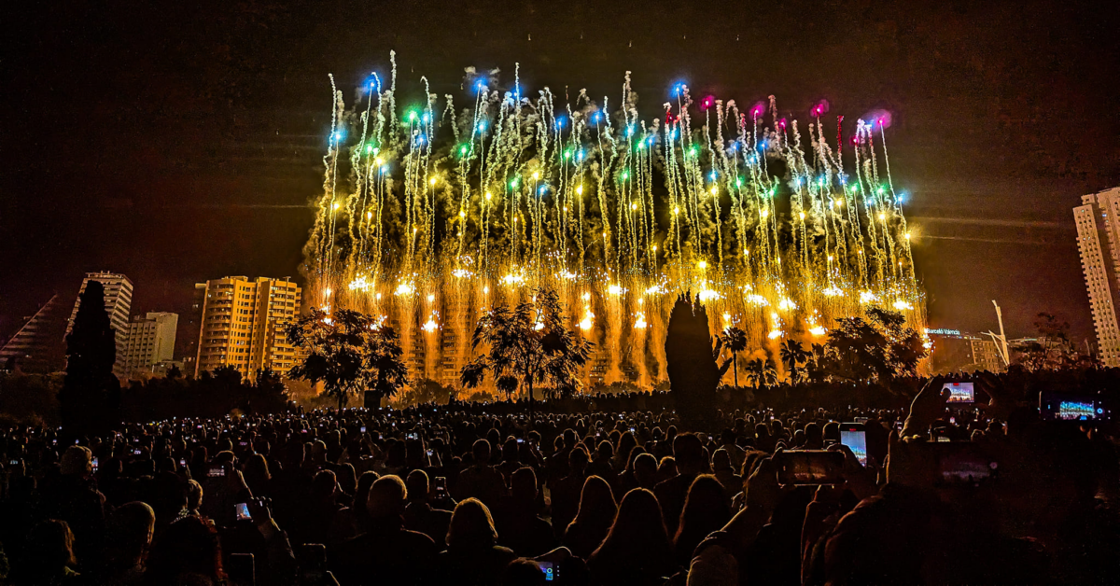
We’re not planning to avoid Fallas. But we’d also like to sleep during these three weeks.
What Does It Cost?
Our Airbnb was $3771.96 for 44 nights, or $86 per day.
This was more than we expected to spend in Valencia, especially given how hard we looked. We suspect the high cost was partly due to our arrival during Fallas, a big tourist draw.
Then again, the cost of Airbnbs seems to have exploded almost everywhere.
What Do We Think?
As I mentioned earlier, Brent and I came to Valencia to see whether it would be a good place for us to settle down eventually.
We both agree that while we like Valencia, it wouldn’t be a place we’d stay long-term.
It’s a little like our Airbnb: we can’t quite put our finger on it, but something isn’t quite right — at least for us.
It’s charming, but not that charming. It’s pretty, but not that pretty. The weather is great much of the year, but apparently unbearable in summer.
Valencia is also on the sea, but the city center is set apart, weirdly disconnected from the water. As one local put it, it feels like the city has turned its back on the beach.
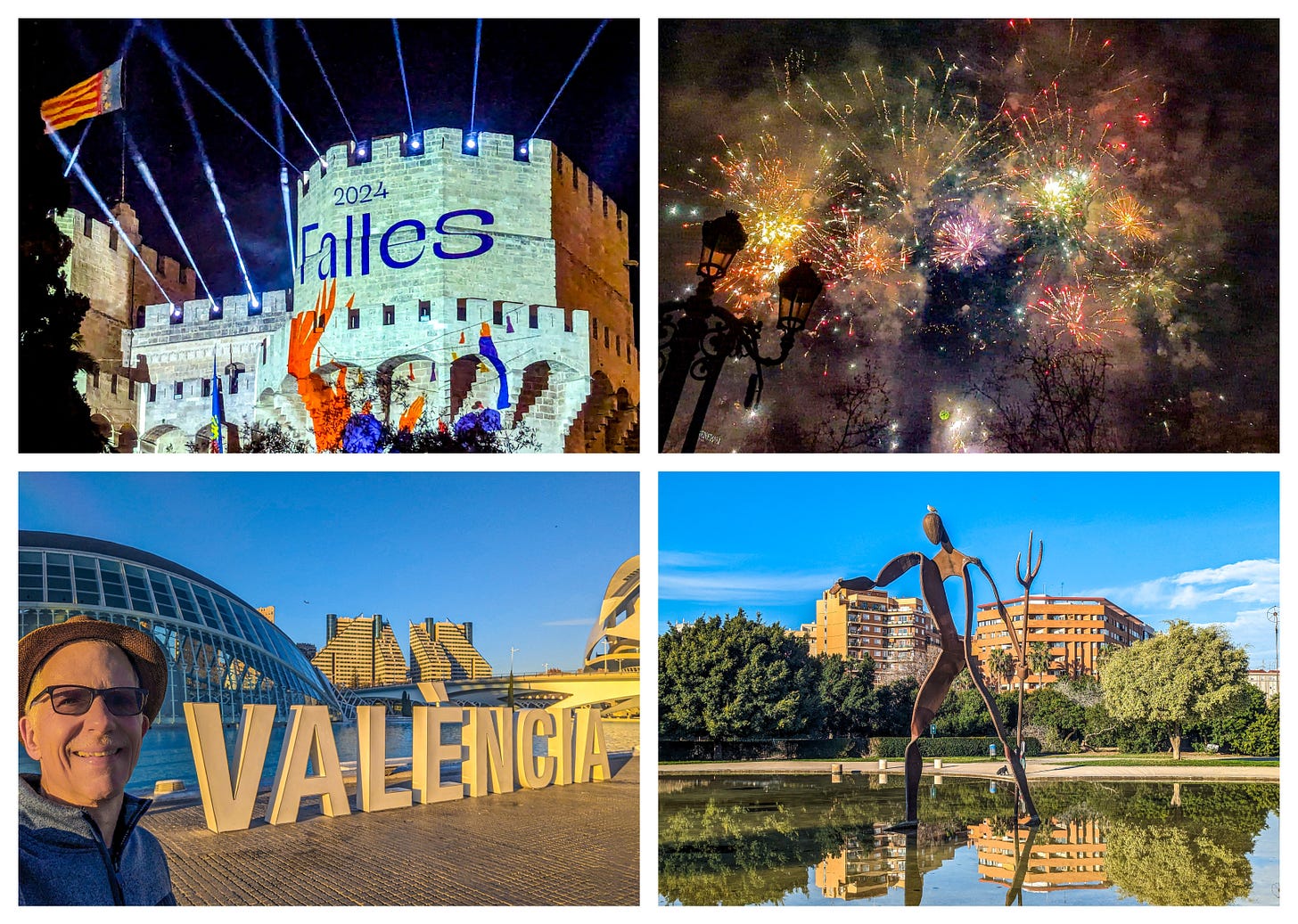
But just because we don’t want to live here doesn’t mean we haven’t seen and done some fabulous things.
Michael Jensen is a screenwriter, author, and half of a couple of traveling gay digital nomads. Subscribe to their free travel newsletter here.

 Mark
Mark 





